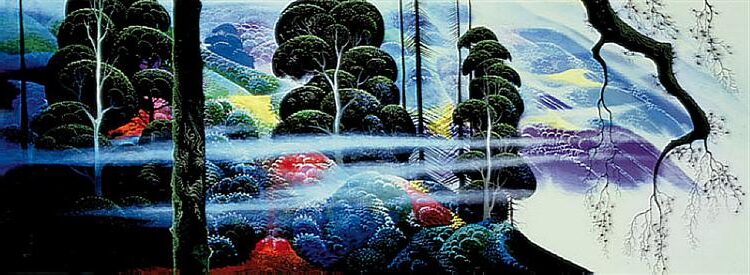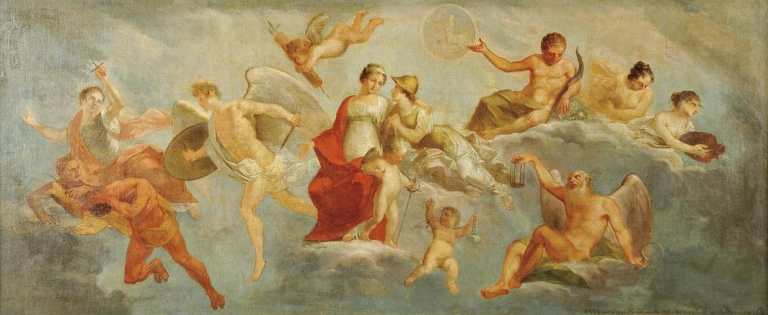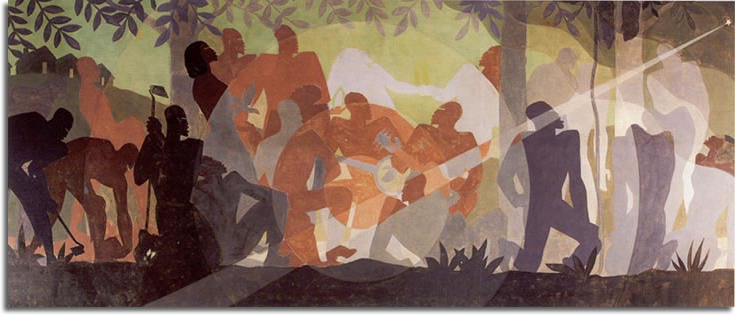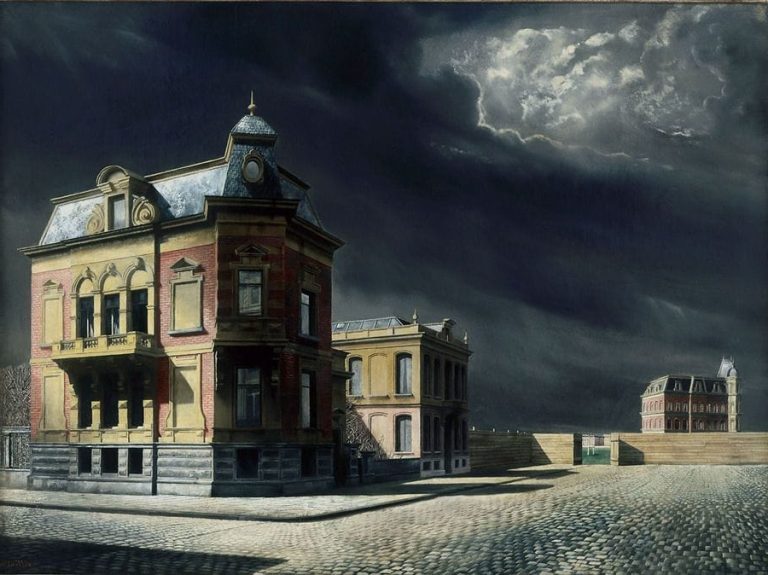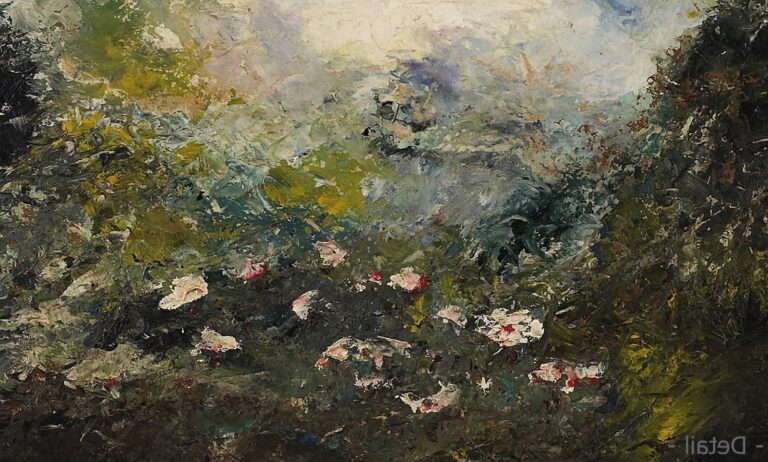Eyvind Earle Art: Exploring the Iconic Style and Influence
Born: April 26, 1916, New York City, U.S.
Death: July 20, 2000, Carmel-by-the-Sea, California, U.S.
Art Movement: Magic Realism
Nationality: American
Art Institution: Metropolitan Museum of Art, Rahr West Art Museum, Phoenix Art Museum, and Arizona State University Art Museum
Eyvind Earle Art: Exploring the Iconic Style and Influence
Eyvind Earle’s Biography and Achievements
Eyvind Earle, celebrated for his unique contribution to animation and art, mixed elements of Magic Realism and intricate detail in his works. He left a significant mark on Disney’s art style and gained recognition for his achievements in art and illustration.
Early Life and Career
Eyvind Earle was born on April 26, 1916, in New York. From a young age, he was encouraged by his father to pursue creative interests.

Black Spruce (1990) by Eyvind Earle
At ten, he began painting regularly, crafting a strong foundation in art.
By 1937, his talent led him to exhibit in major galleries, catching the attention of Hollywood.
In 1951, Earle joined Walt Disney Studios. His distinct style was best seen in Disney classics like “Sleeping Beauty,” where his attention to detail and vibrant landscapes stood out.
Major Achievements
Earle’s contributions to Disney in the 1950s are among his most notable achievements. His work on “Sleeping Beauty” set a new aesthetic for animated films, praised for its elegance and originality.
Through his career, Earle received several awards. He was honored with the Winsor McCay Award in 1998, recognizing his long-standing impact on animation. Though not an Academy Award winner, his influence and legacy in animation and fine art remain undeniable.
In 2015, he was posthumously named a Disney Legend, a fitting tribute to his lasting contributions to the world of animated art. His artwork is displayed in permanent collections at prestigious museums, cementing his place in art history.
Artistic Style and Mediums

California Orchid (1983) by Eyvind Earle
Eyvind Earle’s art is known for its unique style and ability to combine different materials. His approach to creating captivating landscapes and other scenes has left a significant mark on the art world. Using both traditional and modern techniques, he brought vivid and intricate designs to life.
Signature Artwork Approach
Earle’s distinctive style is often characterized by its bold use of colors and attention to detail.
He used graphic styling to bring depth and emotion to his landscapes. Influenced by Magic Realism, his work balances detailed realism with vibrant, abstract elements.
Notable Works and Exhibitions
Eyvind Earle was a remarkable artist whose creations left an indelible mark on animation and painting. His film contributions, especially with Disney, showcased his unique style. His solo exhibitions have been displayed worldwide, celebrated for their vivid and imaginative artistry.
Film Contributions
Eyvind Earle is best known for his work on Disney’s Sleeping Beauty (1959), where he served as the lead stylist and background painter. His style, influenced by medieval art and modern aesthetics, created the film’s distinct look.
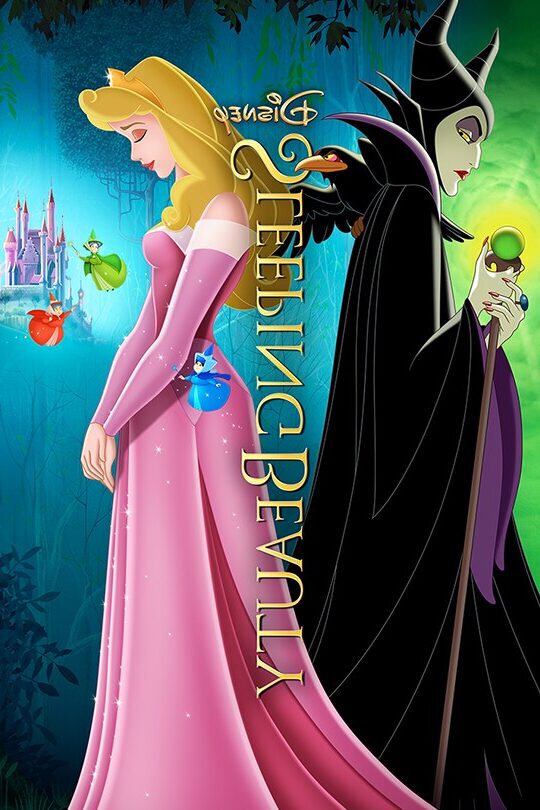
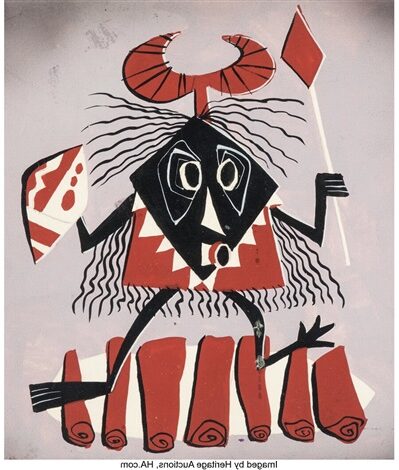
Earle’s ability to blend bold colors and intricate details made the enchanted forests and majestic castles come alive.
Another notable work in his portfolio is Toot, Whistle, Plunk and Boom, an Oscar-winning Disney short film. Earle’s artistic flair enhanced its visual storytelling. He also contributed to The Story of Christmas, where his touch added a profound visual depth.
His role in these films demonstrated his versatility and impact on the art of animation.
Solo Exhibitions
Earle’s artwork has been celebrated in numerous solo exhibitions worldwide. Awaking Beauty: The Art of Eyvind Earle is a significant exhibition showcasing his wide-ranging talents.

Awaking Beauty: The Art of Eyvind Earle
His pieces often feature magical landscapes and are held in high regard for their beauty and detail.
Collections of his work can be found in prestigious institutions like The Metropolitan Museum of Art and Phoenix Art Museum, securing his legacy in permanent collections. Exhibitions at venues such as Hammer Galleries in New York City further highlight his influence in American art circles, attracting art enthusiasts and collectors alike.
Legal Considerations in Art
Legal considerations in art often revolve around copyright and trademark protection, ensuring that artists’ works are safeguarded from infringement. Understanding these concepts helps protect the creative rights of artists and prevents unauthorized use or reproduction.
Copyright and Trademark
Copyright grants creators exclusive rights to their works, such as art, for a fixed period. It allows artists like Eyvind Earle to control how their work is used, reproduced, and distributed.
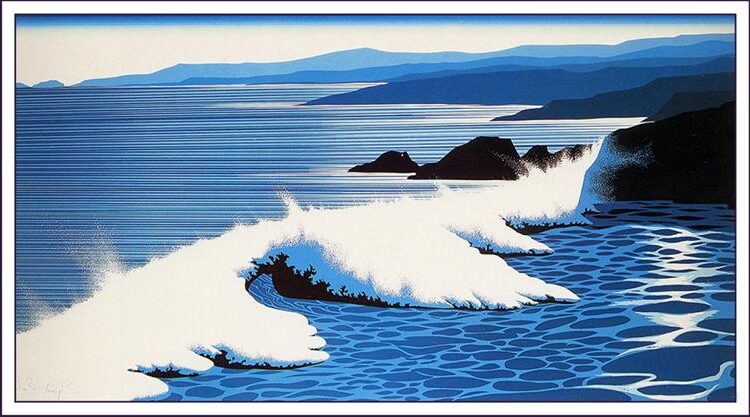
The Wave (1990) by Eyvind Earle
Without proper copyright protection, others might reproduce Earle’s art without his permission, affecting potential revenue for Earle Publishing.
Trademark protection comes into play if an artist’s distinctive style or brand needs safeguarding. This ensures that the artist is recognized as the source, preventing others from exploiting their reputation.
While copyright covers specific artworks, a trademark protects names or symbols representing the artist’s identity, further enhancing their legal rights.
Protection Against Infringement
Art infringement occurs when an individual’s work is used without consent. To prevent this, artists can enforce their rights through written permission and contracts.
This legal framework is crucial for artists who display works publicly, as in galleries, ensuring unauthorized use is minimized.
Eyvind Earle’s work needs protection against unauthorized reproduction, distribution, or public display. Legal actions help prevent and combat infringement, whether it’s through digital or traditional media.
Educating artists on their rights is vital to safeguard their creations and maintain their distinctive style in the art world.
Earle’s Influence and Legacy

Winter Barns (1982) by Eyvind Earle
Eyvind Earle left an indelible mark on both film and animation, as well as the broader art world. His visionary work continues to inspire artists and animators globally.
Impact on Film and Animation
Earle played a pivotal role in shaping the visual style of Disney animated classics. His work on Sleeping Beauty set new standards for background art with its detailed and vibrant landscapes.
His innovative approach to color and design added depth and atmosphere, influencing future films like Pocahontas, Frozen, and Open Season.
Beyond Disney, Earle’s influence can be seen in video games such as The Banner Saga, where his unique style is evident. His legacy in animation also extends to exhibitions and showcases, including the D23 Expo, which celebrate his contributions to the field.
Cultural and Artistic Recognition
Earle’s legacy in fine art is celebrated through numerous exhibitions and retrospectives. The Walt Disney Family Museum, among others, honors his contributions with exhibitions like “Awaking Beauty: The Art of Eyvind Earle.”

Winter Quiet (1980) by Eyvind Earle
His work has been purchased by prestigious institutions, including the Metropolitan Museum of Art. Awards like those at the Cannes Film Festival acknowledge his achievements, and his hallmark style of Magic Realism continues to inspire contemporary artists across various mediums.
The cultural significance of his work is reflected in the numerous accolades and widespread recognition he receives long after his time.
Frequently Asked Questions
Eyvind Earle is celebrated for his distinctive artistic style and contributions to animation, especially Disney’s Sleeping Beauty. His works are admired by collectors, art enthusiasts, and historians alike, who often seek out both his serigraphs and original paintings.
How can one identify an original Eyvind Earle serigraph?
Original Eyvind Earle serigraphs are typically marked with his signature and an edition number. Buyers should look for these markers and verify them with a trusted appraiser.
Authentic documentation, such as certificates of authenticity, can further verify the artwork’s legitimacy.
Where can collectors purchase authentic Eyvind Earle artwork?
Collectors can find authentic Eyvind Earle artwork through reputable galleries, auction houses, and online platforms specializing in fine art. Addicted Art Gallery is one such place that deals in his work.
It’s wise to purchase from verified sources to ensure the authenticity of the pieces.
What are the characteristics of Eyvind Earle’s artistic style?
Earle’s style is known for its bold use of color and intricate details, drawing inspiration from medieval art.
He often combined these elements with a modern, graphic design approach unique to the mid-20th century, creating a distinctive and recognizable aesthetic that set new standards in animation.
Which Disney films feature the work of Eyvind Earle?
Eyvind Earle is most famously associated with Disney’s animated film “Sleeping Beauty,” where he served as the lead stylist and background artist.
His work is also featured in various other Disney projects, although “Sleeping Beauty” remains the most celebrated for its visual style.
How do the values of Eyvind Earle serigraphs compare?
The value of Eyvind Earle serigraphs can vary based on factors like rarity, condition, and demand.
Rare pieces or those with significant provenance tend to fetch higher prices. Collectors value these works not only for their beauty but also for their historical significance in animation and art.
What are some recommended resources for learning about Eyvind Earle’s art?
Enthusiasts can explore books, documentaries, and art websites dedicated to his life and work. Museum exhibits that feature his art are also valuable resources. Online platforms like artincontext.org provide insights into his contributions to art and animation.

